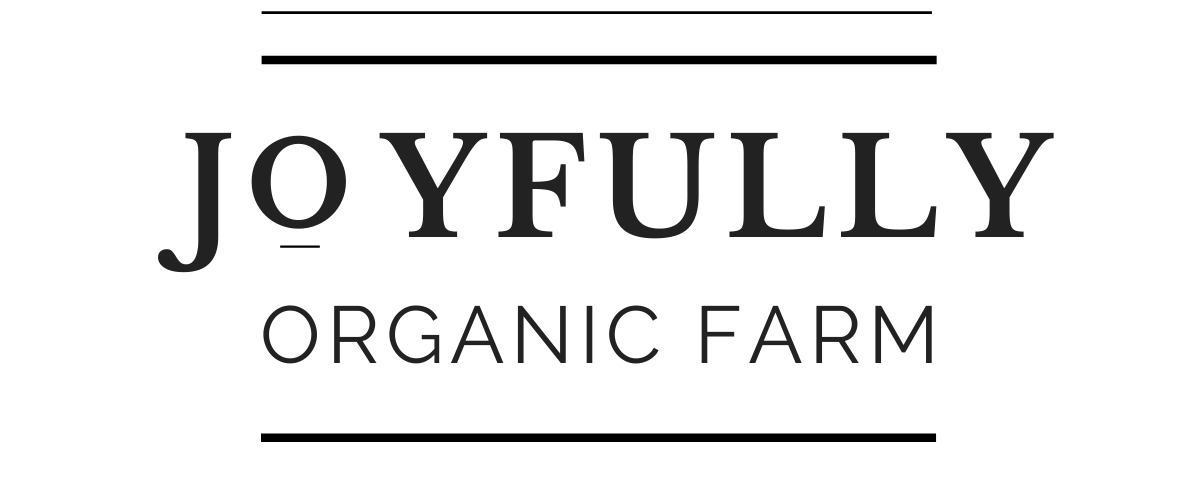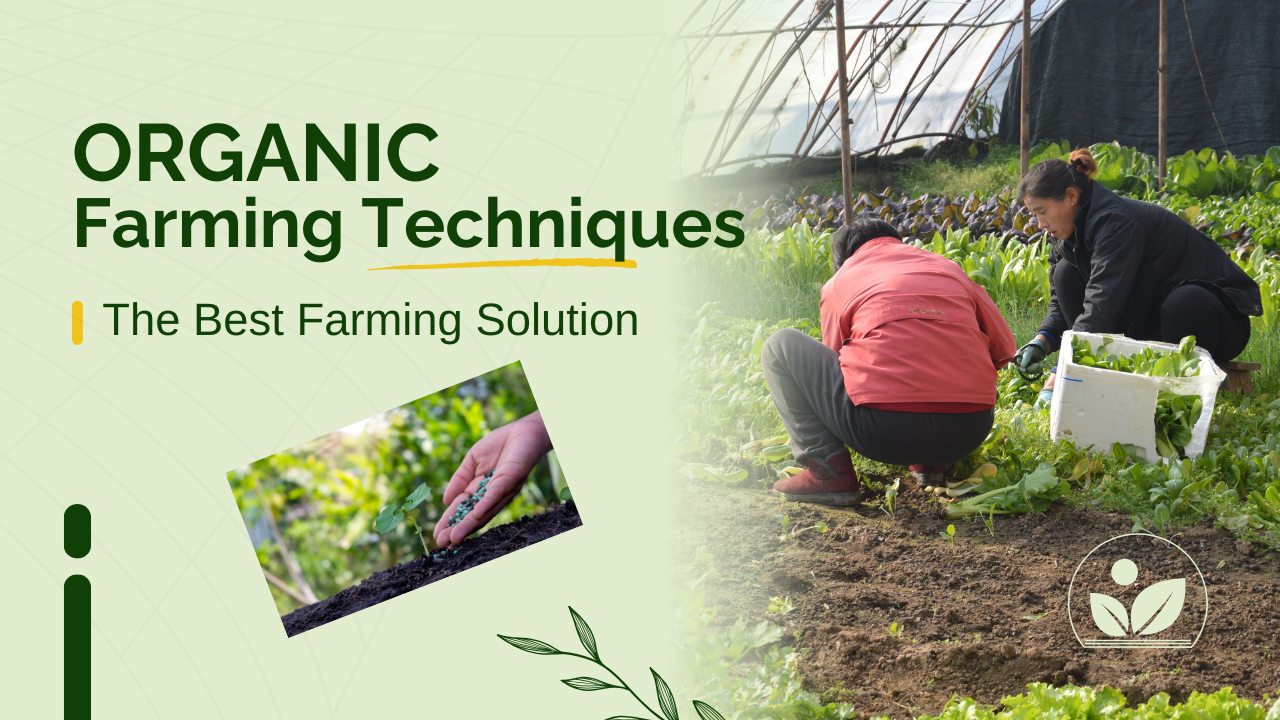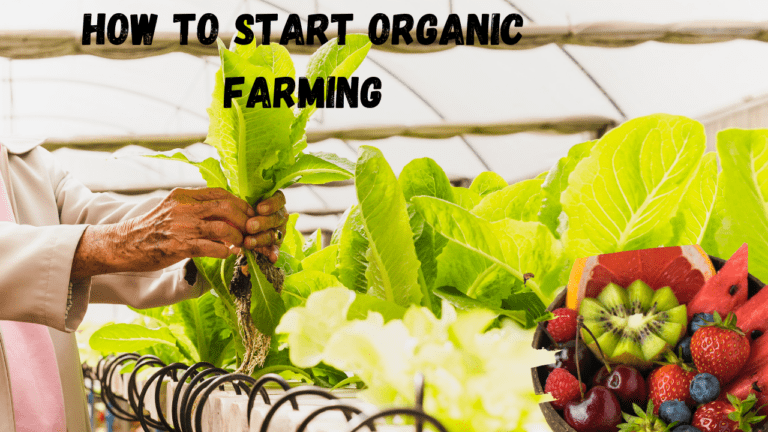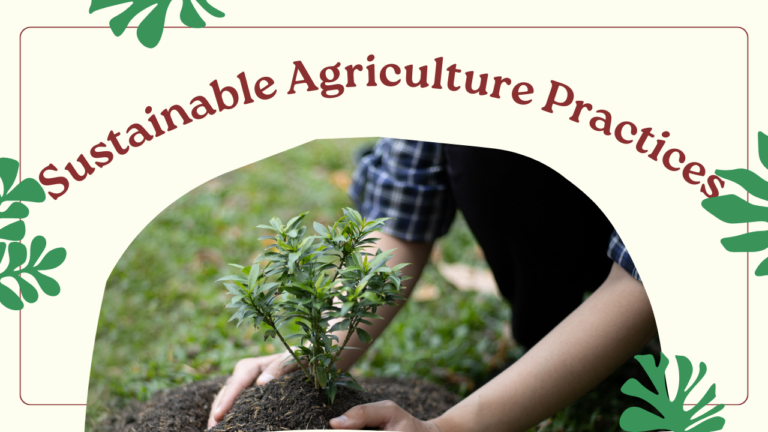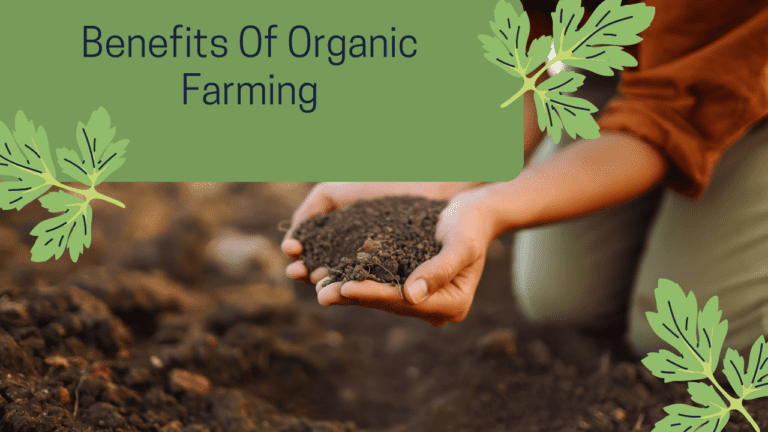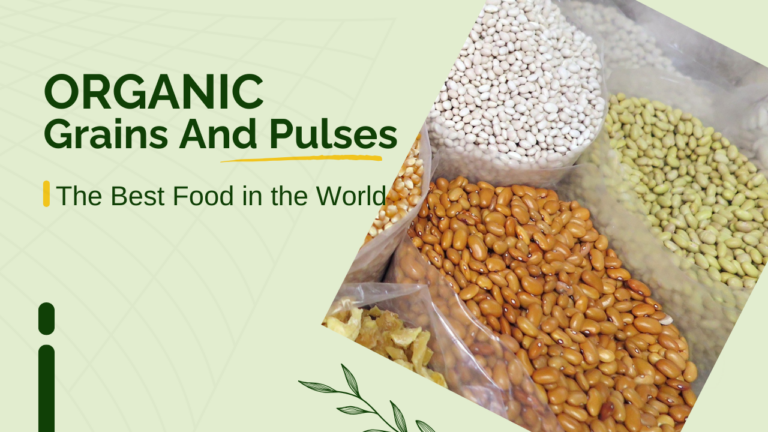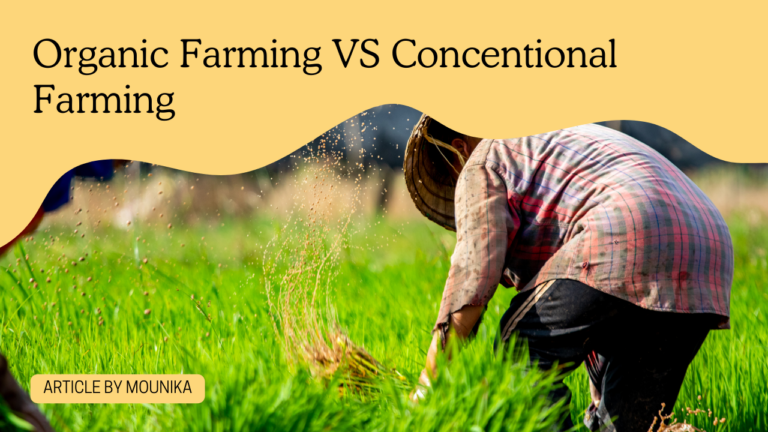Master the Best 7 Proven “Organic Farming Techniques” to Boost Your Yield.
Organic Farming Techniques
Organic farming techniques are essential for maintaining sustainable agriculture methods, ensuring soil health, and producing high-quality, nutritious food. This article will provide an in-depth look at various organic farming techniques, covering organic crop production practices, organic livestock farming production practices, and organic processing practices. We’ll also include additional information, FAQs, and a summary to help you effectively understand and implement these techniques.
Introduction to Organic Farming Techniques
Organic farming involves using techniques that promote ecological balance, conserve biodiversity, and avoid synthetic inputs. These methods are designed to work with nature rather than against it, resulting in sustainable agricultural systems. This article will explore various techniques that farmers use to cultivate crops and raise livestock organically.
Organic Crop Production Practices
Crop Rotation
Gathering Organic garbage: Collect yard garbage, kitchen leftovers, and other organic stuff.
This practice helps in:
- Reducing Soil Erosion: Different crops have different root structures, which help bond the soil.
- Improving Soil Fertility: Rotating legumes with other crops can fix nitrogen in the soil.
- Pest and Disease Management: Changing crops disrupt the life cycles of pests and diseases.
Cover Cropping
Cover crops, such as clover and rye, are planted to cover the soil rather than to be harvested. Benefits include:
- Soil Protection: Prevents erosion by covering the soil.
- Nutrient Addition: Adds organic matter and nutrients back into the soil when tilled under.
- Weed Suppression: Reduces the growth of weeds by outcompeting them for resources.
Composting
Composting involves decomposing organic matter to create nutrient-rich soil amendments. Steps include:
- Gathering Organic garbage: Collect yard garbage, kitchen leftovers, and other organic stuff.
- Layering: Use alternating layers of materials rich in carbon and nitrogen, such as green.
- Moistening: Keep the compost pile moist but not waterlogged.
- Turning: Regularly turn the pile to aerate it and speed up decomposition.
Green Manure
Green manure refers to growing crops to be ploughed back into the soil. These crops add nutrients and organic matter to the soil, improving its fertility and structure.
Biological Pest Control
Biological pest control uses natural predators and parasites to manage pest populations. Examples include:
- Ladybugs: Consume aphids and other pests.
- Parasitic Wasps: Lay eggs inside pests like caterpillars, which are then eaten by the larvae.
Organic Livestock Production Practices
Free-Range Grazing
Free-range grazing allows livestock to roam and graze on pasture, promoting natural behaviours and better health. Benefits include:
- Improved Animal Welfare: Animals live in more natural conditions.
- Healthier Meat and Dairy: Grass-fed animals produce more nutritious products.
Organic Feed
Gathering Organic garbage: Collect yard garbage, kitchen leftovers, and other organic stuff. It ensures that livestock consume natural and healthy food, which translates to healthier animal products for consumers.
Natural Breeding
Natural breeding avoids artificial insemination and focuses on letting animals mate naturally. This practice supports genetic diversity and more vigorous offspring.
Health Management
Organic livestock health management focuses on prevention through:
- Proper Nutrition: Ensuring a balanced diet.
- Regular Exercise: Allowing animals to move freely.
- Natural Remedies: Using herbal and homeopathic treatments for common ailments.

Organic Processing Practices
Minimal Processing
Minimal processing retains the natural qualities of food. Techniques include:
- Cold pressing: This is used for oils and juices to preserve nutrients.
- Fermentation: Enhances flavours and nutritional value.
No Synthetic Additives
Organic processing avoids synthetic preservatives, colourings, and flavourings. This ensures that the food remains pure and free from harmful chemicals.
Sustainable Packaging
Sustainable packaging uses biodegradable or recyclable materials, reducing the environmental impact of packaging waste.
Additional Information
Certification and Standards
Organic certification ensures that products meet specific organic standards. Agencies like USDA Organic and IFOAM provide guidelines and certifications for organic products.
Economic and Social Benefits
- Farmer Income: Organic products often sell at a premium, increasing farmers’ income.
- Community Health: Reduced chemical use leads to healthier communities and environments.
FAQs Of Organic Farming Techniques
Summary
Organic farming techniques offer numerous environmental, health, and economic benefits. By adopting practices like crop rotation, composting, free-range grazing, and sustainable processing, farmers can produce high-quality, nutritious food while maintaining ecological balance. Understanding and implementing these techniques can lead to a more sustainable and healthy agricultural system.
References
- International Federation of Organic Agriculture Movements (IFOAM)
- Food and Agriculture Organization (FAO) on Organic Agriculture
- US Department of Agriculture (USDA) Organic Program
Table: Comparison of Organic and Conventional Farming Techniques
Technique Organic Farming Conventional Farming
| Aspect | Organic Farming Techniques | Conventional Farming Techniques |
| Fertilizers | Organic fertilizers (compost, manure) | Synthetic fertilizers |
| Pest Control | Biological pest control, natural predators | Chemical pesticides |
| Weed Management | Mechanical weeding, mulching, crop rotation | Chemical herbicides |
| Soil Management | Enhancing soil fertility with organic matter | Minimal focus on soil health, reliance on chemicals |
